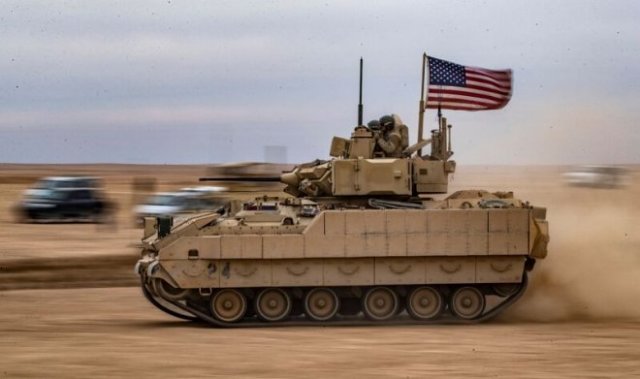
American Tank
Last week, the US Army presented its own strategy for achieving carbon neutrality by 2050. It is worth clarifying that it is not only about eliminating greenhouse gas emissions, but also about adapting "infrastructure and the natural environment to the risks of climate change."
The strategy assumes an integrated approach to solving climate problems, which includes major repairs of army infrastructure facilities and updating logistics methods. Thus, the US Army spends about $ 750 million annually on the purchase of electricity, the production of which leads to emissions of 4.1 million metric tons of CO2. To reduce these indicators, as well as to improve the efficiency of work in case of a power outage in the US Army, local networks will be created at each of the 130 power plants at its disposal by 2035. Local networks will be able to connect to more powerful networks and disconnect from them if necessary. Currently, the Army is exploring the possibilities of using renewable energy sources and batteries to power local networks. Another direction is the transfer of vehicles to electric traction. By 2035, the fleet of military auxiliary vehicles, including the Chevrolet Tahoe and Ford F-150, will be fully electric. As for tactical cars (for example, Humvees), they will become hybrid by 2035, and by 2050 they will also be fully electric. The Climate 101 program deserves attention, according to which the commanders of bases and garrisons will be trained in the basics of climatology, after which they will update the educational and material base entrusted to them and organize appropriate training of soldiers.
Alexander Ageev
